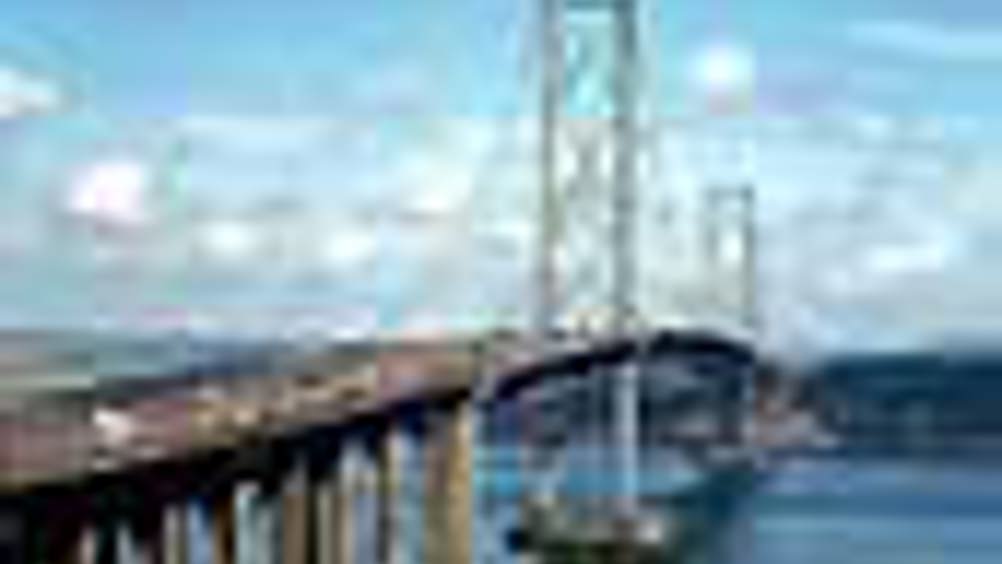Making bridges last
University experts have studied one of Britain’s most prominent landmarks in a bid to discover how the latest satellite technology could make bridges last longer.

University experts have studied one of Britain’s most prominent landmarks in a bid to discover how the latest satellite technology could make bridges last longer and remain safe for motorists, pedestrians and cyclists.
The team from The University of Nottingham’s Institute of Engineering Surveying and Space Geodesy (IESSG) and Brunel University spent 48 hours on the Forth Road Bridge, which links the Lothians to Fife in Scotland, to find out how the bridge’s movements were affected by both heavy traffic and other environmental factors like the wind.
Their findings could enable engineers to assess whether bridges that were built decades ago are still safe to be used by traffic and if they need to be modified to prolong their lifespan.
The structure of a bridge is designed to move fractionally when a load, such as the weight of traffic or a gust of wind, is applied. Engineers can use precise measurements and calculations to build a computer model showing how bridges should be moving under safe and normal circumstances.
Register now to continue reading
Thanks for visiting The Engineer. You’ve now reached your monthly limit of premium content. Register for free to unlock unlimited access to all of our premium content, as well as the latest technology news, industry opinion and special reports.
Benefits of registering
-
In-depth insights and coverage of key emerging trends
-
Unrestricted access to special reports throughout the year
-
Daily technology news delivered straight to your inbox










National Gas receives funding to develop Gravitricity underground hydrogen storage system
One single rock salt mine - Winsford - has 23 <i>MILLION </i>cubic metres of void and even allowing for 10% of that void set aside for hazardous waste...